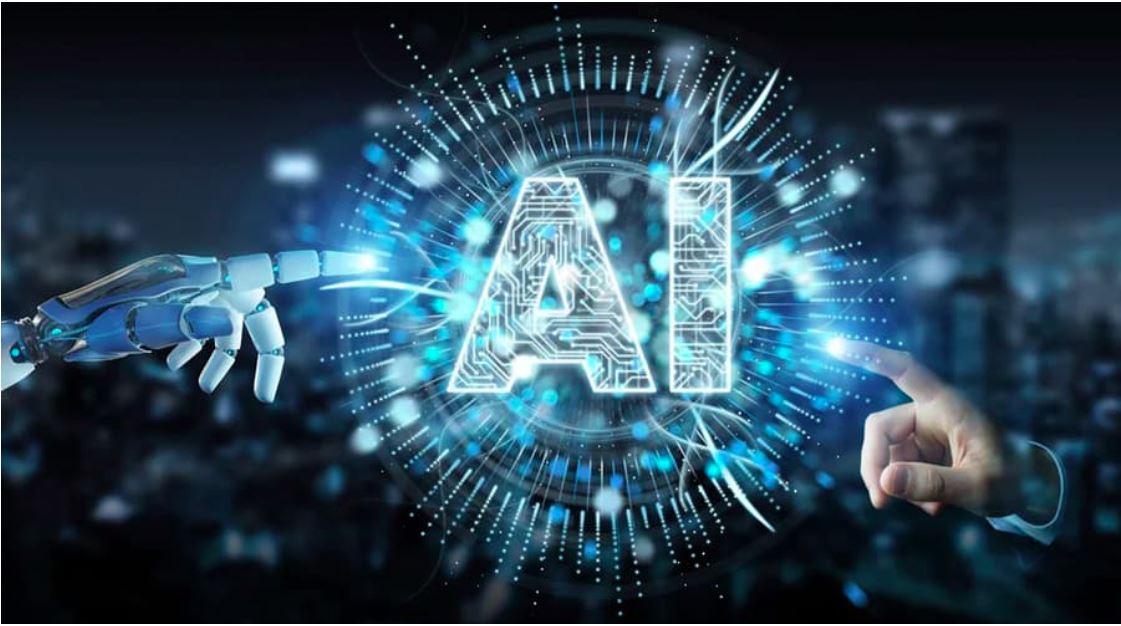The Artificial Intelligence (AI) applications we see today is merely a tip of the iceberg
Copyright by www.analyticsinsight.net
 Artificial Intelligence (AI) is more than just a buzzword, it is a change. If the 21st century is supposed to be remembered for something, then it is absolutely artificial intelligence and the changes it has brought. Ever since the idea of machines came to existence and the word ‘artificial intelligence’ was coined in a summer conference at Dartmouth University, AI has made a significant impact on people’s lives. Today, machines understand verbal commands, distinguish pictures, drive cars, play games and much more in a better way than how humans do. Will you believe it if I say the AI applications we see today are merely a tip of the AI iceberg? Yes, there is absolutely a whole mountain of applications that could be discovered in future. Unfortunately, there are threats too. People are engraved with the fear that AI might soon capture the world and wipe off humankind like how it is portrayed in dystopian movies. We can’t totally deny it, but the development of AI depends on how human train it. So a large part of the responsibility is in our hands to feed AI with considerable datasets. Mainly AI can be divided into four types,
Artificial Intelligence (AI) is more than just a buzzword, it is a change. If the 21st century is supposed to be remembered for something, then it is absolutely artificial intelligence and the changes it has brought. Ever since the idea of machines came to existence and the word ‘artificial intelligence’ was coined in a summer conference at Dartmouth University, AI has made a significant impact on people’s lives. Today, machines understand verbal commands, distinguish pictures, drive cars, play games and much more in a better way than how humans do. Will you believe it if I say the AI applications we see today are merely a tip of the AI iceberg? Yes, there is absolutely a whole mountain of applications that could be discovered in future. Unfortunately, there are threats too. People are engraved with the fear that AI might soon capture the world and wipe off humankind like how it is portrayed in dystopian movies. We can’t totally deny it, but the development of AI depends on how human train it. So a large part of the responsibility is in our hands to feed AI with considerable datasets. Mainly AI can be divided into four types,
- • Reactive machines
- • Limited memory
- • Theory of mind
- • Self-aware
- AI can also be classified based on technology into three types,
- • Artificial Narrow Intelligence (ANI)
- • Artificial General Intelligence (AGI)
- • Artificial Super Intelligence (ASI)
7 types of AI explained
Reactive machines
Reactive machines are the most basic types of AI systems that perceive the world directly and act on what it sees. The computer is purely reactive, and neither has to form memory nor to use past experience. AI researcher Rodney Brooks argued in a seminal paper that we should only build this kind of AI. For example, Deep Blue, IBM’s chess-playing supercomputer that made a breakthrough by beating grandmaster Garry Kasparov in 1997 was a reactive machine. It did not take any pre-applied datasets or look for previous matches. All it knows was how to play the game and conditions. The computer moved chess coins based on its real-time intuition and won the game.
Limited Memory
Limited memory machines are ditto of reactive machines added with historical data which will help them take decisions. Almost all the machines that we use today are limited memory machines, which are powered by datasets. AI systems use deep learning and are trained by large volumes of data that they store in their memory to form a reference model for solving future problems. For example, an image recognition AI is trained to determine and label certain things like a cat or a dog from a picture. It knows how a cat or a dog looks from the previously trained datasets. Henceforth, it opts out the matching images. […]
Read more www.analyticsinsight.net


The Artificial Intelligence (AI) applications we see today is merely a tip of the iceberg
Copyright by www.analyticsinsight.net
7 types of AI explained
Reactive machines
Reactive machines are the most basic types of AI systems that perceive the world directly and act on what it sees. The computer is purely reactive, and neither has to form memory nor to use past experience. AI researcher Rodney Brooks argued in a seminal paper that we should only build this kind of AI. For example, Deep Blue, IBM’s chess-playing supercomputer that made a breakthrough by beating grandmaster Garry Kasparov in 1997 was a reactive machine. It did not take any pre-applied datasets or look for previous matches. All it knows was how to play the game and conditions. The computer moved chess coins based on its real-time intuition and won the game.
Limited Memory
Limited memory machines are ditto of reactive machines added with historical data which will help them take decisions. Almost all the machines that we use today are limited memory machines, which are powered by datasets. AI systems use deep learning and are trained by large volumes of data that they store in their memory to form a reference model for solving future problems. For example, an image recognition AI is trained to determine and label certain things like a cat or a dog from a picture. It knows how a cat or a dog looks from the previously trained datasets. Henceforth, it opts out the matching images. […]
Read more www.analyticsinsight.net
Share this: